Harmony in the Orchestra of Life!
Article By Gauri Dhawan
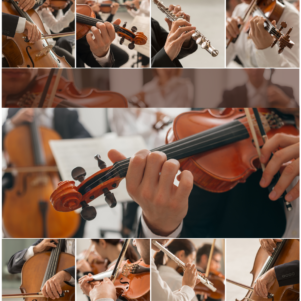 Harmonia, in Greek Mythology, is the goddess of Harmony and Concord. She is the daughter of Ares, the God of War; and Aphrodite, the Goddess of Love. At first glance, this could seem strange: a force of war, and a force of love coming together to create harmony. But, let’s take a deeper look at the symbolism of this union, which seems to suggest that harmony is the result of an opposition.
Harmonia, in Greek Mythology, is the goddess of Harmony and Concord. She is the daughter of Ares, the God of War; and Aphrodite, the Goddess of Love. At first glance, this could seem strange: a force of war, and a force of love coming together to create harmony. But, let’s take a deeper look at the symbolism of this union, which seems to suggest that harmony is the result of an opposition.
In music, harmony cannot be created when one note is played alone; it necessarily involves multiple notes being played together, which could potentially challenge each other. It is the manner in which they combine, integrate and balance each other out that creates something which sounds pleasing to the listener’s ear. In an orchestra composed of many instruments – violins, flutes, trumpets, harps, cellos, clarinets, to name a few – each instrument plays different parts, retaining its distinct identity while at the same time melting into the whole, creating a mellifluous symphony.
Similarly, in society, harmonious coexistence can only be achieved when our diversity is celebrated; when each one finds their unique place and has a meaningful role to play, a contribution to make. This is how as human beings we can weave amity, not by eliminating differences, but by respecting and valuing them.
Today we live in a world consumed by competition, where it is easy to forget that there can be no comparison between a violin, a flute, a cello, and a bassoon! An orchestra will cease to be beautiful if it is composed only of violins. In fact, it will cease to be an orchestra! At the same time, if the violin, or any other element of the orchestra is missing, the experience of the listener will not be the same. We are all like the different instruments in the grand orchestra of life, and we do not need to imitate one another. The world is made beautiful by our diversity.
Another interesting concept we encounter in music is that of vertical and horizontal harmony. The terms ‘vertical’ and ‘horizontal’ derive from Western music notation where these graphic dimensions are used to prescribe events in pitch and time, respectively.(1) Multiple notes played together as a chord are an example of vertical harmony. Horizontal harmony, also known as melody, consists of notes played in succession.
Interestingly, in various cultures around the world, the human being is also represented as having a dual aspect: the horizontal, earthly, material self; and the vertical, spiritual self. The horizontal realm includes our physical body, our thoughts, emotions etc which we experience concretely. The vertical is more subtle. It is said to be the source of our virtues. Our ability to be kind and compassionate, our courage to overcome challenges, our inherent resonance with beauty, etc come from this part of us.
Melody has its own characteristics and identity, while the addition of the vertical element of harmony enriches it and gives it another dimension. We can continue to exist merely in the horizontal dimension, the one that we are more familiar with, or, we can allow the vertical aspect of us to inspire and enhance our experience of life. Instead of spending our life merely chasing physical comfort and other desires, can we perhaps seek to live a more virtuous life?
This pursuit of virtue can express in the largest and simplest of our actions, like honoring our decisions by following through with them. For eg, when we set the intention and the alarm to wake up early in the morning and exercise, if we can stick to that rather than falling into the comfort of snoozing the alarm the next morning, we have expressed virtue. The continual practice of sticking to our word will also make us more reliable and dependable to others. When a task is given to us with a deadline, we will not need to be reminded or constantly chased down. Others will be able to trust and rest assured that the task will be done in time.
We can offer our virtue to the world around us, and start to become an integral part of the music of life. Just like every musician practices their instrument and builds skill, in turn enhancing the orchestra, we too can undertake the inner work to identify the virtues lying dormant within us, and strengthen them, making our own music more vibrant and melodious, and ultimately contributing to the unity and harmony of the Orchestra of Life!
The entity posting this article assumes the responsibility that images used in this article have the requisite permissionsRead the original article on http://theacropolitan.in
Permissions required for the publishing of this article have been obtained
Article References
1. Piston, W. (1948). Harmony. revised ed. New York
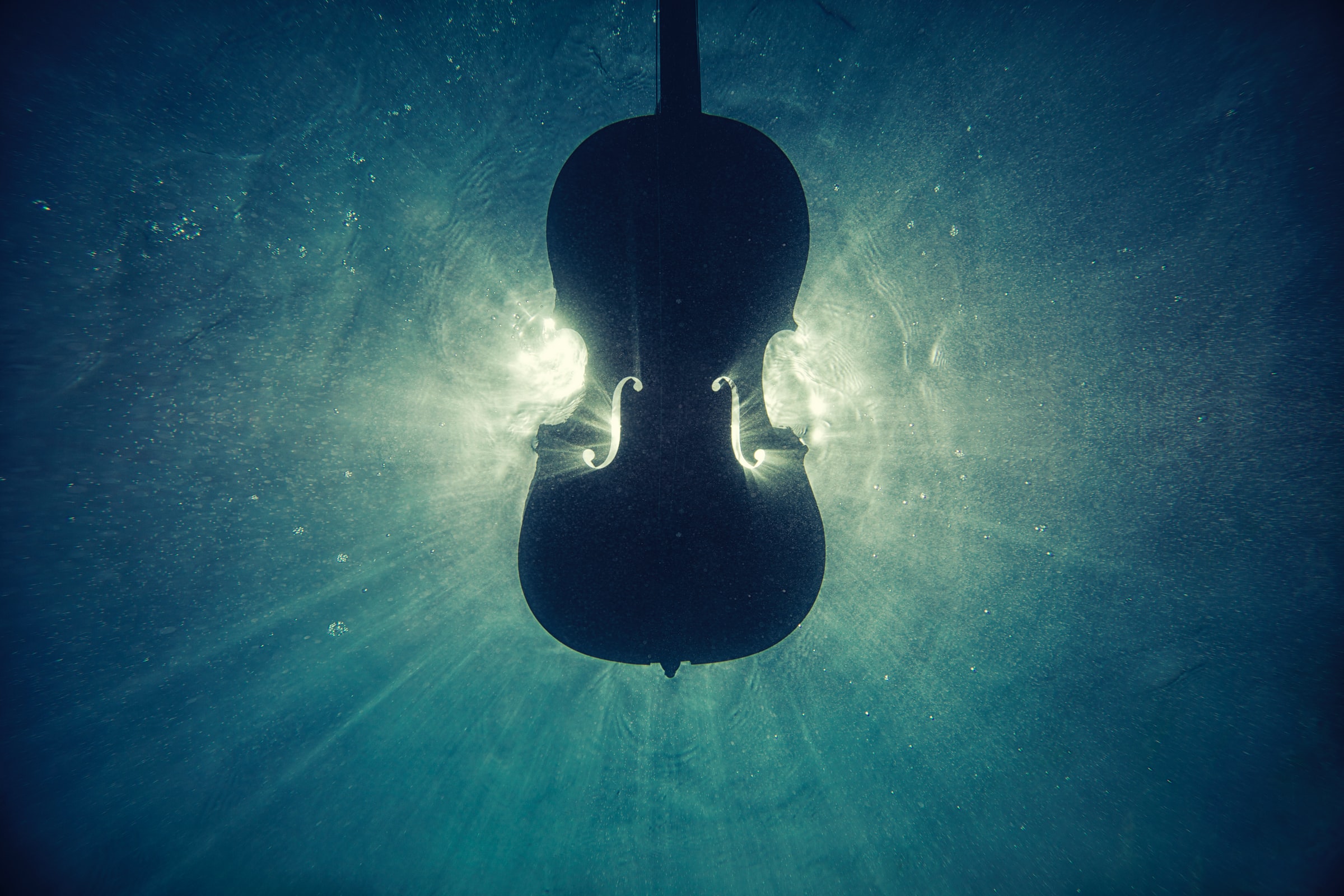
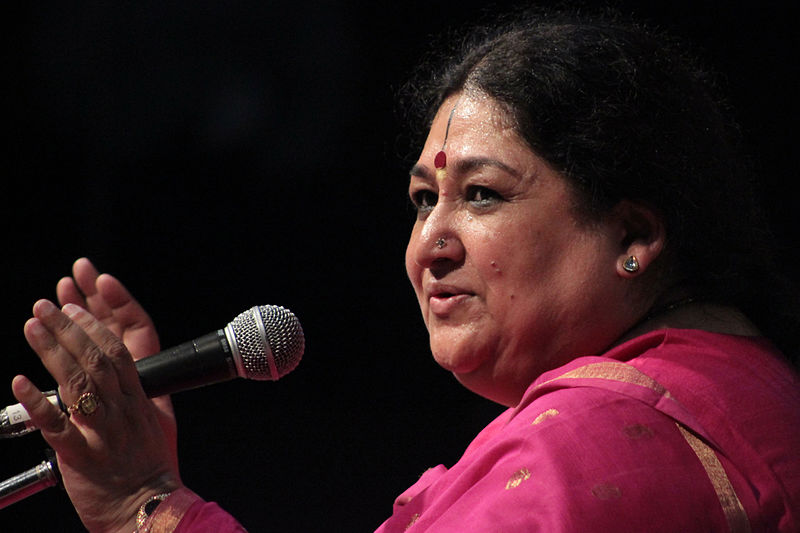
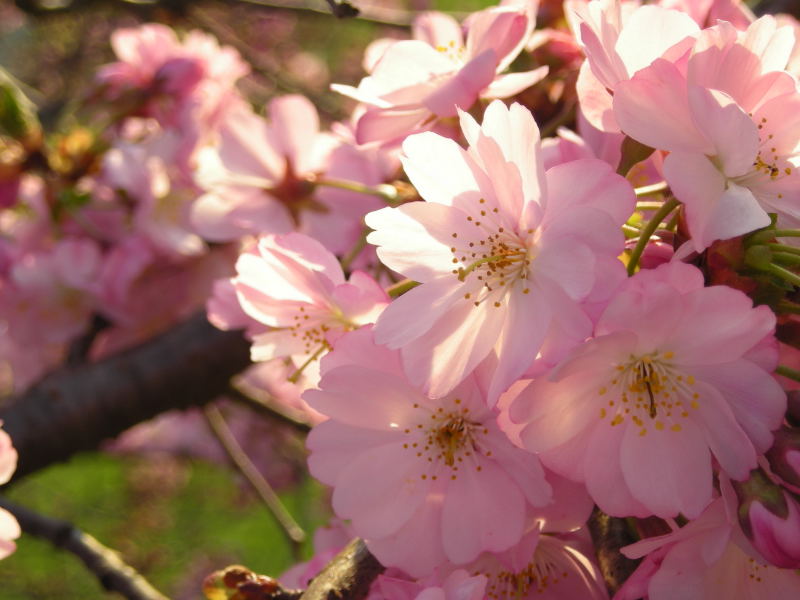
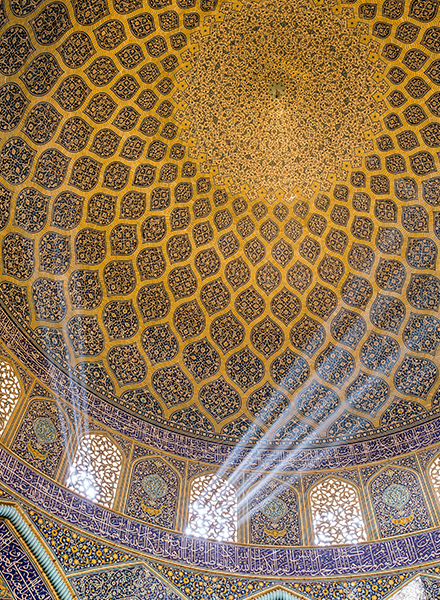
What do you think?